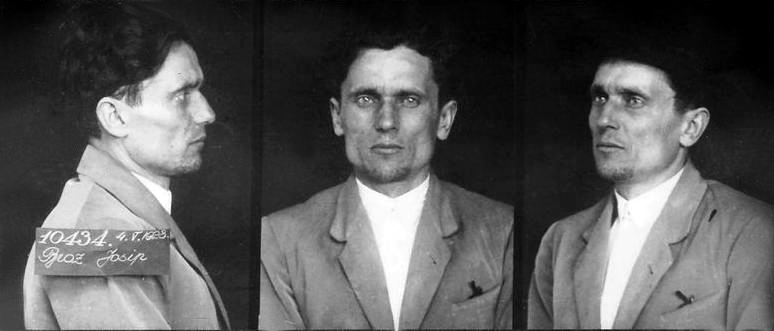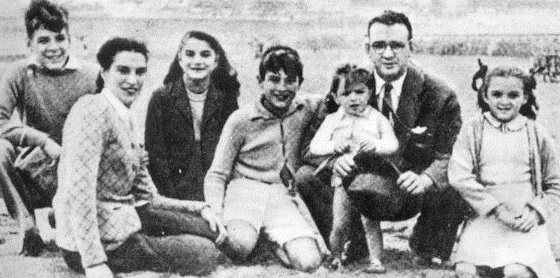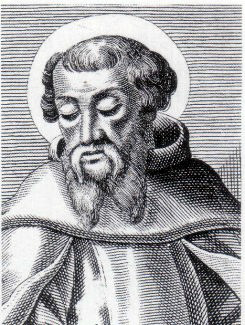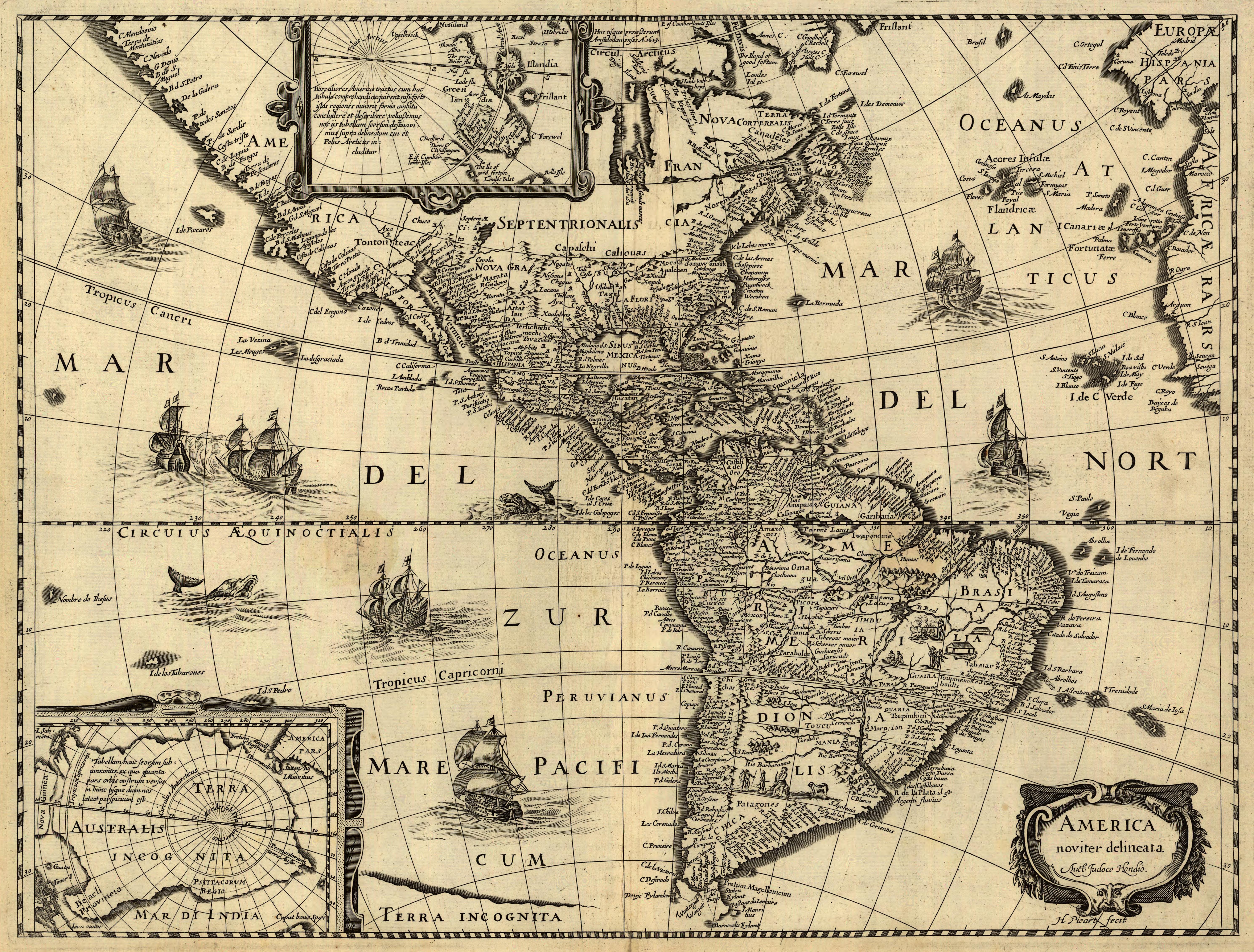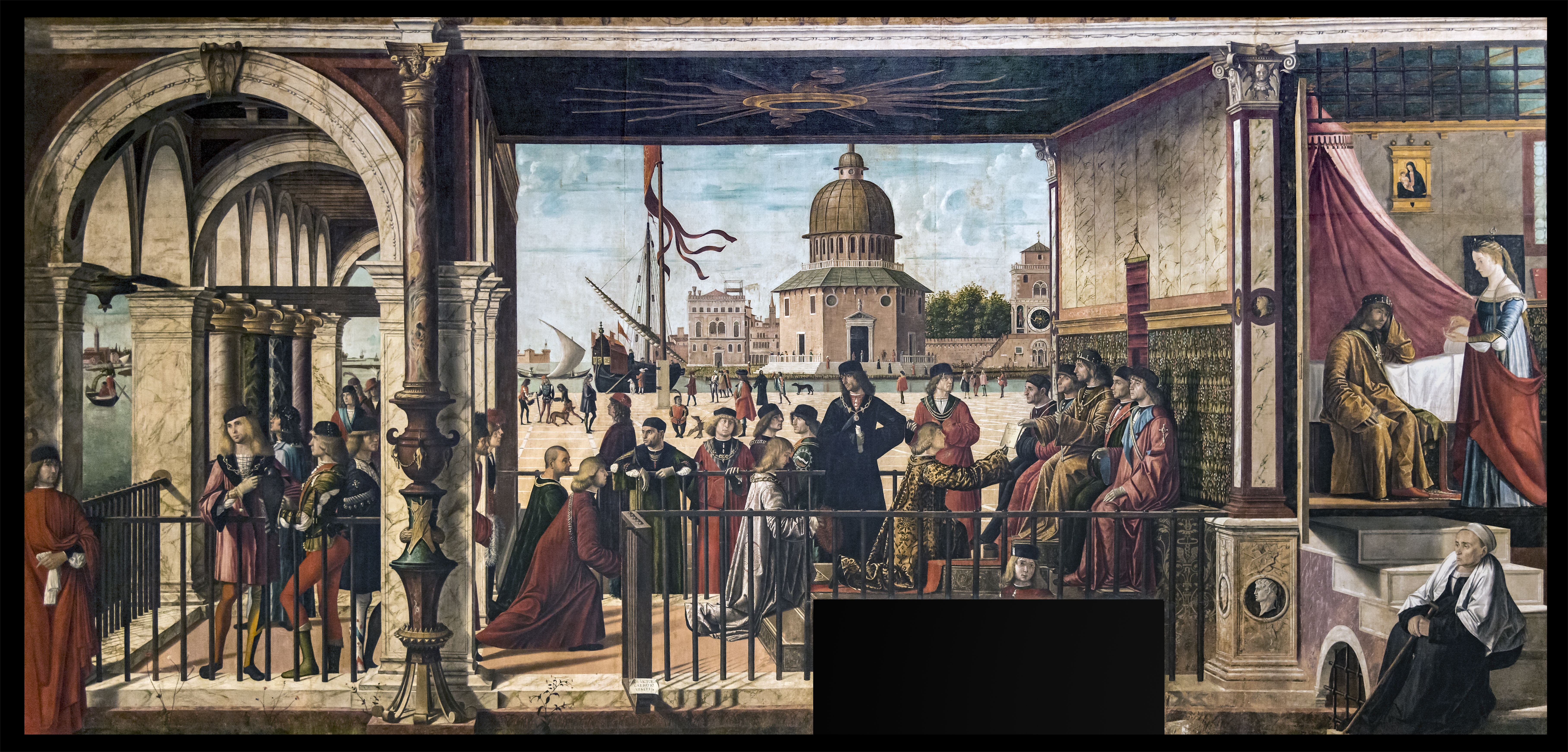|
Iosef Grigulevich
Iosif Romualdovich Grigulevich (; ; May 5, 1913 – June 2, 1988) was a Soviet Union, Soviet secret police (NKVD) operative active between 1937 and 1953, when he played a role in assassination plots against Communist and Bolshevik individuals who were not loyal to Joseph Stalin. This included the murders of claimed and actual Trotskyism, Trotskyists during the Spanish Civil War, most notably Andreu Nin, and an initial, unsuccessful assassination attempt against Leon Trotsky in Mexico City. Under an assumed identity as Teodoro B. Castro, a wealthy Costa Rican expatriate living in Rome, Grigulevich served as the ambassador of the Republic of Costa Rica to both Italy and Socialist Federal Republic of Yugoslavia, Yugoslavia (1952–1954). He was tasked by the NKVD with the assassination of Yugoslav leader Josip Broz Tito, but the mission was aborted following Death and state funeral of Joseph Stalin, Stalin's death in 1953. Recalled to Moscow, Grigulevich retired from his career as ... [...More Info...] [...Related Items...] OR: [Wikipedia] [Google] [Baidu] |
Josip Broz Tito
Josip Broz ( sh-Cyrl, Јосип Броз, ; 7 May 1892 – 4 May 1980), commonly known as Tito ( ; , ), was a Yugoslavia, Yugoslav communist revolutionary and politician who served in various positions of national leadership from 1943 until his death in 1980. During World War II, he led the Yugoslav Partisans, often regarded as the most effective Resistance during World War II, resistance movement in German-occupied Europe. Following Yugoslavia's liberation in 1945, he served as its Prime Minister of Yugoslavia, prime minister from 1945 to 1963, and President of Yugoslavia, president from 1953 until his death in 1980. The political ideology and policies promulgated by Tito are known as Titoism. Tito was born to a Croat father and a Slovene mother in Kumrovec in what was then Austria-Hungary. Drafted into military service, he distinguished himself, becoming the youngest sergeant major in the Austro-Hungarian Army of that time. After being seriously wounded and captured by th ... [...More Info...] [...Related Items...] OR: [Wikipedia] [Google] [Baidu] |
Leon Trotsky
Lev Davidovich Bronstein ( – 21 August 1940), better known as Leon Trotsky,; ; also transliterated ''Lyev'', ''Trotski'', ''Trockij'' and ''Trotzky'' was a Russian revolutionary, Soviet politician, and political theorist. He was a key figure in the 1905 Revolution, October Revolution of 1917, Russian Civil War, and the establishment of the Soviet Union, from which he was exiled in 1929 before Assassination of Leon Trotsky, his assassination in 1940. Trotsky and Vladimir Lenin were widely considered the two most prominent figures in the Soviet state from 1917 until Death and state funeral of Vladimir Lenin, Lenin's death in 1924. Ideologically a Marxist and a Leninist, Trotsky's ideas inspired a school of Marxism known as Trotskyism. Trotsky joined the Russian Social Democratic Labour Party in 1898, being arrested and exiled to Siberia for his activities. In 1902 he escaped to London, where he met Lenin. Trotsky initially sided with the Mensheviks against Lenin's Bolsheviks in ... [...More Info...] [...Related Items...] OR: [Wikipedia] [Google] [Baidu] |
Che Guevara
Ernesto "Che" Guevara (14th May 1928 – 9 October 1967) was an Argentines, Argentine Communist revolution, Marxist revolutionary, physician, author, Guerrilla warfare, guerrilla leader, diplomat, and Military theory, military theorist. A major figure of the Cuban Revolution, his stylized visage has become a ubiquitous Counterculture of the 1960s, countercultural symbol of rebellion and global insignia Che Guevara in popular culture, in popular culture. As a young medical student, Guevara travelled throughout South America and was appalled by the poverty, hunger, and disease he witnessed.On Revolutionary Medicine Speech by Che Guevara to the Cuban Militia on 19 August 1960. "Because of the circumstances in which I traveled, first as a student and later as a doctor, I came into close contact with poverty, hunger a ... [...More Info...] [...Related Items...] OR: [Wikipedia] [Google] [Baidu] |
Corresponding Member
The corresponding member is one of the possible membership types in some organizations, especially in the learned societies and scientific academies. This title existed or exist in the Soviet Union, GDR, Polish People's Republic, Czechoslovak Socialist Republic , France, Ukraine, Belarus, Poland, Russia. Original category of membership Historically, this kind of membership was usual for the individuals living far from the academy or outside the country where the central academy offices are located. Because such people were unable to attend meetings, for organizational reasons they had to communicate their scientific contributions by " correspondence". This is why the status name includes the word “corresponding”. The problem of accessibility is important also now and accounted for by some institutions in the world. So, for example, the Australian Academy of Science entitles the prominent foreign researchers only to corresponding membership; among the people with this stat ... [...More Info...] [...Related Items...] OR: [Wikipedia] [Google] [Baidu] |
History Of The Catholic Church
The history of the Catholic Church is the formation, events, and historical development of the Catholic Church through time. According to the Sacred tradition, tradition of the Catholic Church, it started from the day of Pentecost at the upper room of Jerusalem; the Catholic tradition considers that the Church is a continuation of the Early Christian, early Christian community established by the Disciples of Jesus. The Church considers its Bishop in the Catholic Church, bishops to be the apostolic succession, successors to Twelve Apostles, Jesus's apostles and the Church's leader, the Bishop of Rome (also known as the Pope), to be the sole successor to St Peter who ministered in Rome in the first century AD after his appointment by Jesus as head of the Church.Hitchcock, ''Geography of Religion'' (2004), p. 281, quote: "Some (Christian communities) had been evangelized by Peter, the disciple Jesus designated as the founder of His church. Once the position was institutionalized, ... [...More Info...] [...Related Items...] OR: [Wikipedia] [Google] [Baidu] |
History Of Latin America
The term ''Latin America'' originated in the 1830s, primarily through Michel Chevalier, who proposed the region could ally with "Latin Europe" against other European cultures. It primarily refers to the French, Spanish- and Portuguese-speaking countries in the New World. Before the arrival of Europeans in the late 15th and early 16th centuries, the region was home to many indigenous peoples, including advanced civilizations, most notably from South: the Olmec, Maya, Muisca, Aztecs and Inca. The region came under control of the kingdoms of Spain and Portugal, which established colonies, and imposed Roman Catholicism and their languages. Both brought African slaves to their colonies as laborers, exploiting large, settled societies and their resources. The Spanish Crown regulated immigration, allowing only Christians to travel to the New World. The colonization process led to significant native population declines due to disease, forced labor, and violence. They imposed their cultur ... [...More Info...] [...Related Items...] OR: [Wikipedia] [Google] [Baidu] |
Soviet Academy Of Sciences
The Academy of Sciences of the Soviet Union was the highest scientific institution of the Soviet Union from 1925 to 1991. It united the country's leading scientists and was subordinated directly to the Council of Ministers of the Soviet Union (until 1946 the Council of People's Commissars of the Soviet Union). In 1991, by the decree of the President of the Russian Soviet Federative Socialist Republic, the Russian Academy of Sciences was established on the basis of the Academy of Sciences of the Soviet Union. History Creation of the Academy of Sciences of the Soviet Union The Academy of Sciences of the Soviet Union was formed by a resolution of the Central Executive Committee and the Council of People's Commissars of the Soviet Union dated July 27, 1925, on the basis of the Russian Academy of Sciences (before the February Revolution – the Imperial Saint Petersburg Academy of Sciences). In the first years of Soviet Russia, the Institute of the Academy of Sciences was perceived r ... [...More Info...] [...Related Items...] OR: [Wikipedia] [Google] [Baidu] |
Institute Of Anthropology And Ethnography
The Institute of Anthropology and Ethnography or N.N. Miklukho-Maklai Institute of Ethnology and Anthropology (; abbreviated as ИЭА in Russian and IEA in English) is a Russian institute of research, specializing in ethnographic studies of cultural and physical anthropology. The institute is a constituent institute of the History branch of the Russian Academy of Sciences, with its main building on Leninsky Prospekt, Moscow. The institute is named after the 19th century ethnologist and anthropologist Nicholas Miklouho-Maclay. Institutional History The institute was established in the Soviet Union by the amalgamation of the Museum of Anthropology and Ethnography (MAE) and the Institute for the Study of Ethnic Groups of the USSR (IPIN) in autumn 1933. Its first director was Nikolay Matorin. On 23 December 1933 he was dismissed by the Presidium of the Academy of Sciences of the USSR and replaced by Ivan Meshchaninov on 1 January 1934. On 25 January 1935, the IAE was transformed ... [...More Info...] [...Related Items...] OR: [Wikipedia] [Google] [Baidu] |
Death And State Funeral Of Joseph Stalin
Joseph Stalin, second leader of the Soviet Union, died on 5 March 1953 at his Kuntsevo Dacha after suffering a stroke, at age 74. He was given a state funeral in Moscow on 9 March, with four days of national mourning declared. On the day of the funeral, of the hundreds of thousands of Soviet citizens visiting the capital to pay their respects, at least 109 were later acknowledged to have died in a crowd crush. Stalin's body was embalmed and interred in Lenin's Mausoleum until 1961, when it was moved to the Kremlin Wall Necropolis. The members of Stalin's inner circle in charge of organizing his funeral were Nikita Khrushchev, then-head of the Moscow branch of the Communist Party; Lavrentiy Beria, head of the NKVD; Georgy Malenkov, the chairman of the Presidium; and Vyacheslav Molotov, previously the Soviet Union's Minister of Foreign Affairs. Illness and death Joseph Stalin's health had begun to deteriorate towards the end of the Second World War. He had atherosclerosis ... [...More Info...] [...Related Items...] OR: [Wikipedia] [Google] [Baidu] |
Socialist Federal Republic Of Yugoslavia
The Socialist Federal Republic of Yugoslavia (commonly abbreviated as SFRY or SFR Yugoslavia), known from 1945 to 1963 as the Federal People's Republic of Yugoslavia, commonly referred to as Socialist Yugoslavia or simply Yugoslavia, was a country in Central Europe, Central and Southeast Europe. It was established in 1945, following World War II, and lasted until 1992, breakup of Yugoslavia, dissolving amid the onset of the Yugoslav Wars. Spanning an area of in the Balkans, Yugoslavia was bordered by the Adriatic Sea and Italy to the west, Austria and Hungarian People's Republic, Hungary to the north, People's Republic of Bulgaria, Bulgaria and Socialist Republic of Romania, Romania to the east, and People's Socialist Republic of Albania, Albania and Greece to the south. It was a One-party state, one-party socialist state and federation governed by the League of Communists of Yugoslavia, and had six constituent republics: Socialist Republic of Bosnia and Herzegovina, Bosnia and Her ... [...More Info...] [...Related Items...] OR: [Wikipedia] [Google] [Baidu] |
Italy
Italy, officially the Italian Republic, is a country in Southern Europe, Southern and Western Europe, Western Europe. It consists of Italian Peninsula, a peninsula that extends into the Mediterranean Sea, with the Alps on its northern land border, as well as List of islands of Italy, nearly 800 islands, notably Sicily and Sardinia. Italy shares land borders with France to the west; Switzerland and Austria to the north; Slovenia to the east; and the two enclaves of Vatican City and San Marino. It is the List of European countries by area, tenth-largest country in Europe by area, covering , and the third-most populous member state of the European Union, with nearly 59 million inhabitants. Italy's capital and List of cities in Italy, largest city is Rome; other major cities include Milan, Naples, Turin, Palermo, Bologna, Florence, Genoa, and Venice. The history of Italy goes back to numerous List of ancient peoples of Italy, Italic peoples—notably including the ancient Romans, ... [...More Info...] [...Related Items...] OR: [Wikipedia] [Google] [Baidu] |
Ambassador
An ambassador is an official envoy, especially a high-ranking diplomat who represents a state and is usually accredited to another sovereign state or to an international organization as the resident representative of their own government or sovereign or appointed for a special and often temporary diplomatic assignment. The word is also used informally for people who are known, without national appointment, to represent certain professions, activities, and fields of endeavor, such as sales. An ambassador is the ranking government representative stationed in a foreign capital or country. The host country typically allows the ambassador control of specific territory called an embassy (which may include an official residence and an office, chancery (diplomacy), chancery, located together or separately, generally in the host nation's capital), whose territory, staff, and vehicles are generally afforded diplomatic immunity in the host country. Under the Vienna Convention on Diplomati ... [...More Info...] [...Related Items...] OR: [Wikipedia] [Google] [Baidu] |
